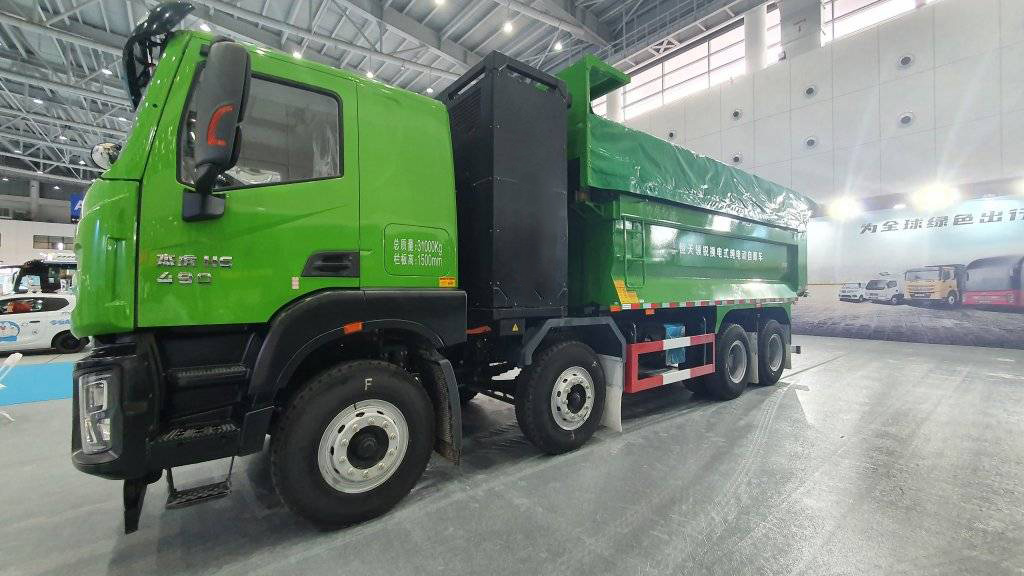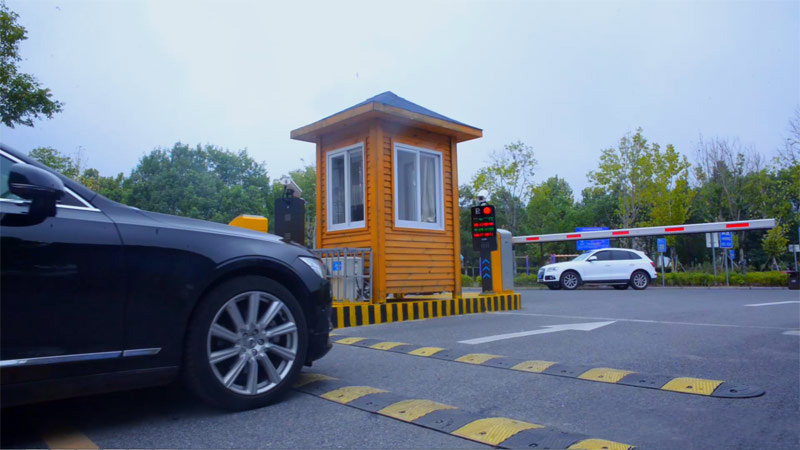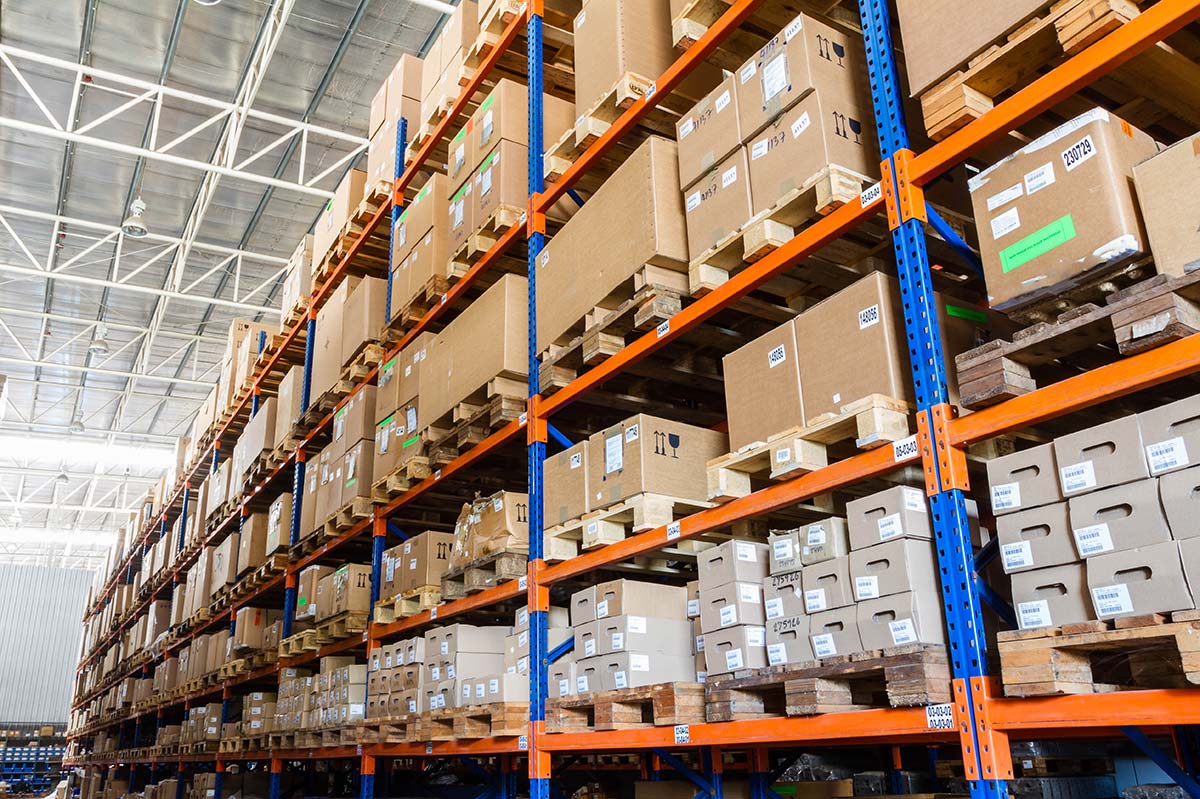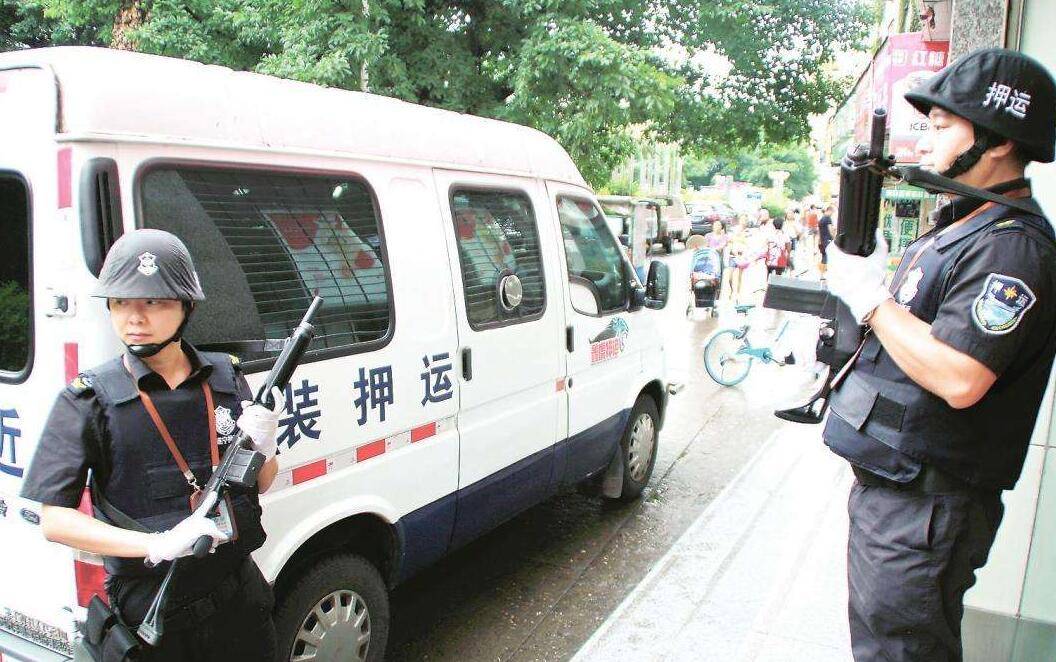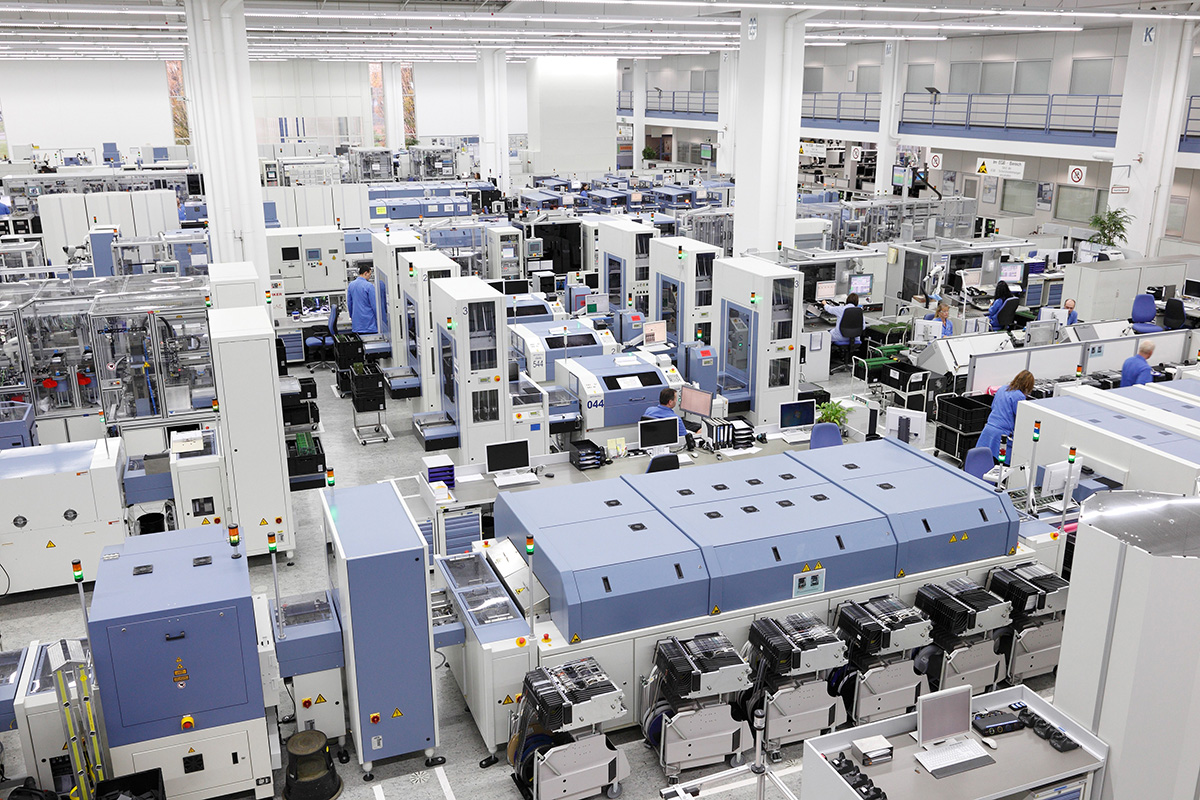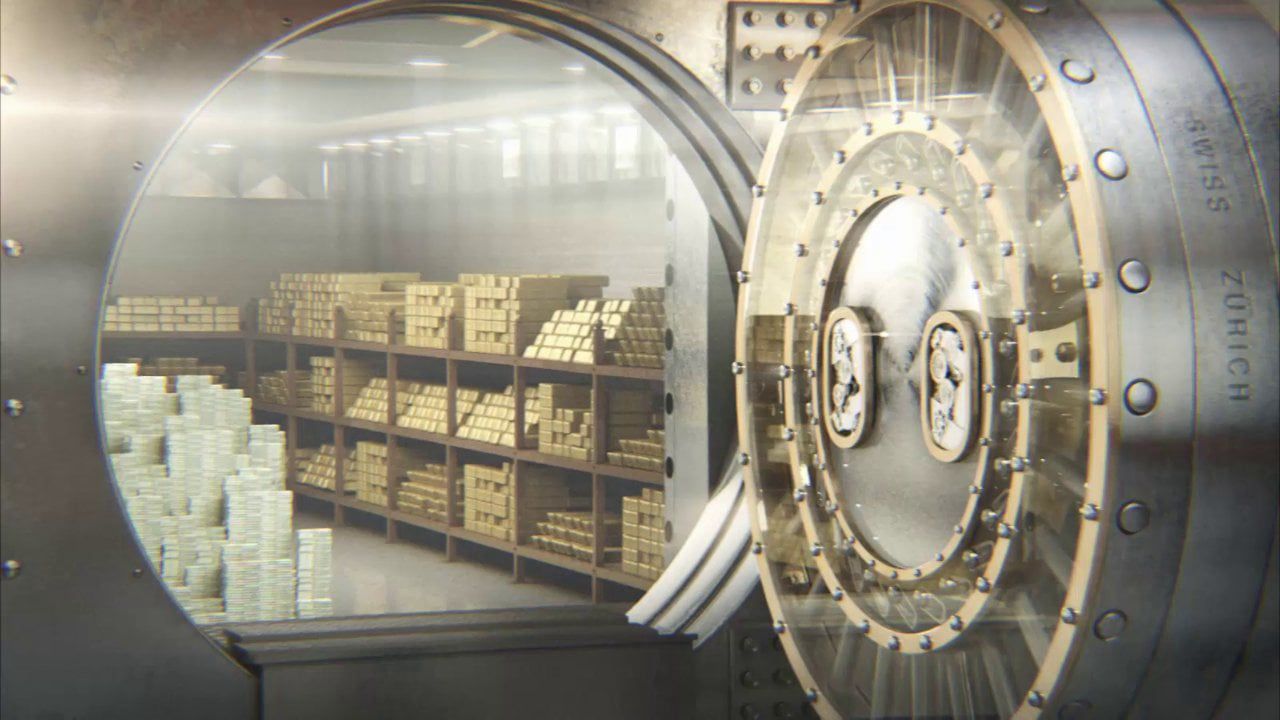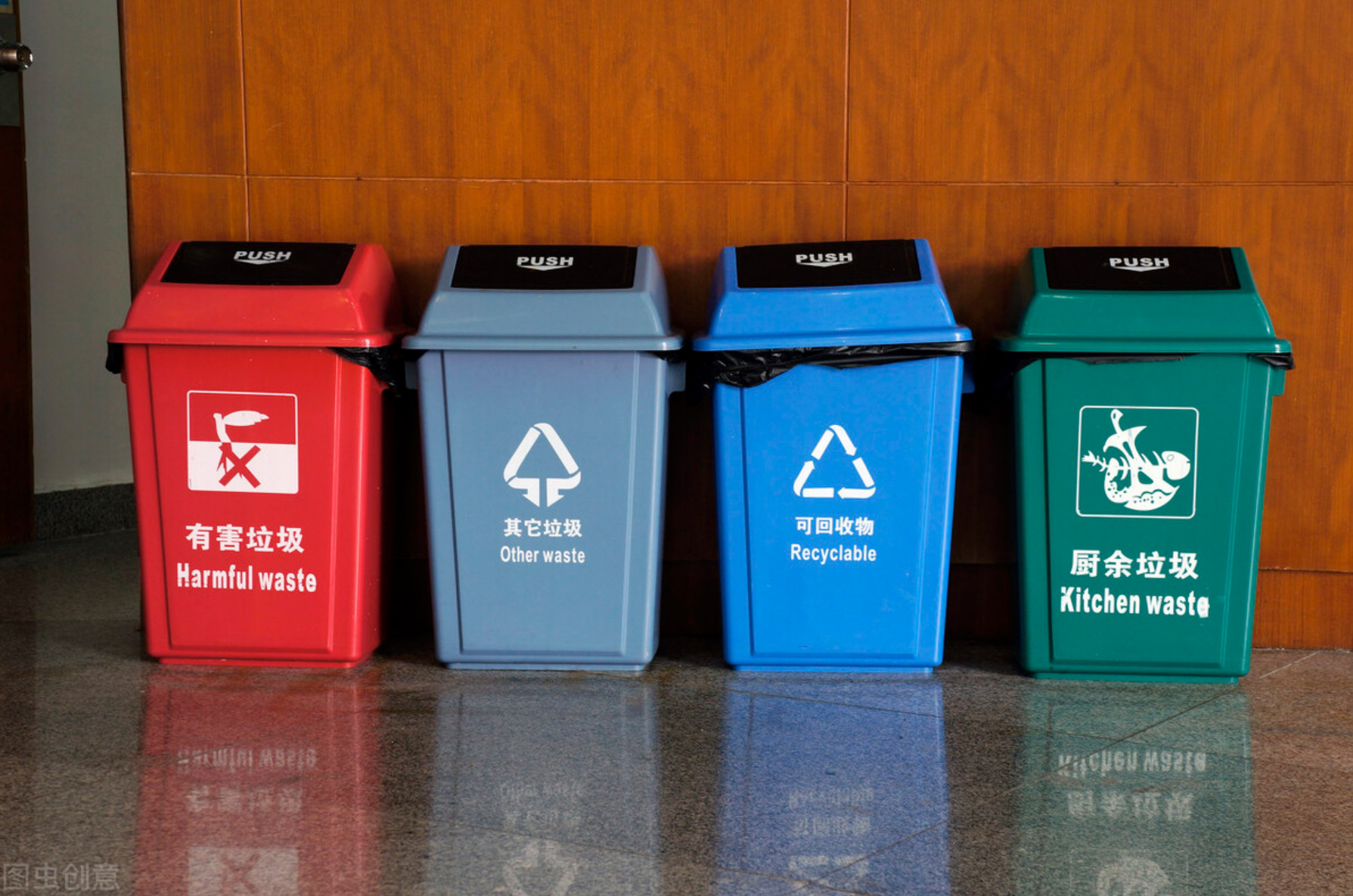Domestic waste classification RFID management scheme
1. Background
1.1, National Waste Sorting Strategy
Nine departments, including the Ministry of Housing and Urban-Rural Development, issued the “Notice on Comprehensively Carrying out Household Garbage Sorting Work in Prefectural-level and Above Cities across the Country” plan. Starting in 2019, cities at prefecture-level and above across the country will fully start domestic waste sorting. By the end of 2020, 46 A garbage sorting system will be basically built in four key cities, and a garbage sorting system will be basically built in cities at the prefecture level and above by the end of 2025.
Recently, policies related to garbage disposal have been introduced one after another. On May 6, 2021, the National Development and Reform Commission and the Ministry of Housing and Urban-Rural Development jointly issued a notice on printing and distributing the “14th Five-Year Plan for the Development of Urban Domestic Waste Sorting and Treatment Facilities” to coordinate and promote the “14th Five-Year” urban domestic waste classification and Handle facility construction work. Subsequently, the National Development and Reform Commission, the Ministry of Housing and Urban-Rural Development and other departments issued two consecutive documents to ensure the construction of waste disposal facilities and straighten out the charging mechanism.
The “14th Five-Year” Urban Domestic Waste Sorting and Treatment Facilities Development Plan clearly states that by the end of 2025, 46 key cities, including municipalities directly under the central government, provincial capitals and cities with separate plans, will further improve their domestic waste classification and treatment capabilities; Classification and treatment systems for domestic waste have been basically established in high-level cities according to local conditions; domestic waste classification and treatment systems have been basically established in Beijing-Tianjin-Hebei and its surrounding areas, the Yangtze River Delta, the Guangdong-Hong Kong-Macao Greater Bay Area, the Yangtze River Economic Belt, the Yellow River Basin, and the Ecological Civilization Experimental Zone. ; Encourage other regions to actively improve the coverage of waste classification and treatment facilities. Support established towns to speed up the completion of shortcomings in domestic waste collection, transfer, and harmless treatment facilities.
1.2, regional policy
According to the “Shenzhen Municipal Waste Sorting Management Regulations” issued by the municipal units in July 2020, and the “2021 Monthly Assessment Plan for Domestic Waste Sorting and Reduction” issued by various district units, the Municipal Bureau requires that the whole process of garbage traceability be realized. The whole-process household garbage classification IoT perception platform integrating video surveillance system and Internet of Things system applies scientific and technological power to realize the whole-process traceability of garbage.
2. Solution
2.1, application analysis
The core of domestic waste treatment is “classification” and “collection and transportation”, that is, firstly, the waste should be properly classified, and then the classified waste at the disposal point should be collected and transported to the designated place for processing.
Garbage classification, whose main behavior is the person who takes out the garbage, and the person who takes out the garbage should take out the garbage as required by identifying or formulating constraints;
Garbage collection and transportation mainly involves:
The ownership and operation of the trash can, and the running track of the trash can can be obtained through the trash can information
The weight of kitchen waste, the weight of each bucket of garbage.
Data Acquisition and Data Transfer
2.2, business logic
The current business logic is shown in the block diagram below. The upper row is the operation logic of garbage objects in the business logic, and the second row is the collection points for obtaining data during the business logic process.

2.3, technical analysis and implementation
The basic logic of the Internet of Things is: perception, transmission and application. Therefore, the intelligent application of waste classification and processing can adopt technologies such as RFID technology, weighing, wireless communication and GPS positioning.
At the delivery point, video surveillance is carried out through the camera, and the garbage can information is identified through the RFID reader.
When the collection vehicle collects garbage, the information of the garbage can is identified by the RFID reader, the weight of the garbage is weighed by the electronic scale, and the relevant information is transmitted to the platform through 4G communication.
During the transportation of the receiving vehicle, the location of the receiving vehicle is located by GPS.
Its schematic diagram is shown in the figure below.

2.4, advantages of the solution

2.5, program equipment list
| Serial number | Name | Function | Model | Manufacturer |
| 1 | electronic label | Store trash can information, such as: ownership information, manufacturer, validity period, etc. | Anti-metal label | Block manufacturer information |
| 2 | RFID reader | The electronic tag information of the reader (equivalent to the trash can), which identifies the time when the trash can enters and exits the trash can and when it gets on and off the collection vehicle. | F5019 F5016 F6180 |
Shenzhen Xunyuan Technology |
| 3 | Camera | Monitor the status of garbage disposal points and connect to the platform | Shield model information | Block manufacturer information |
| 4 | Electronic scale | Weigh the types of garbage in each trash can | Shield model information | Block manufacturer information |
| 5 | GPS+4G | Locate the trajectory of the collection vehicle, and transmit the data read by the RFID device and the weight data of the garbage | Shield model information | Block manufacturer information |
3. Application cases



